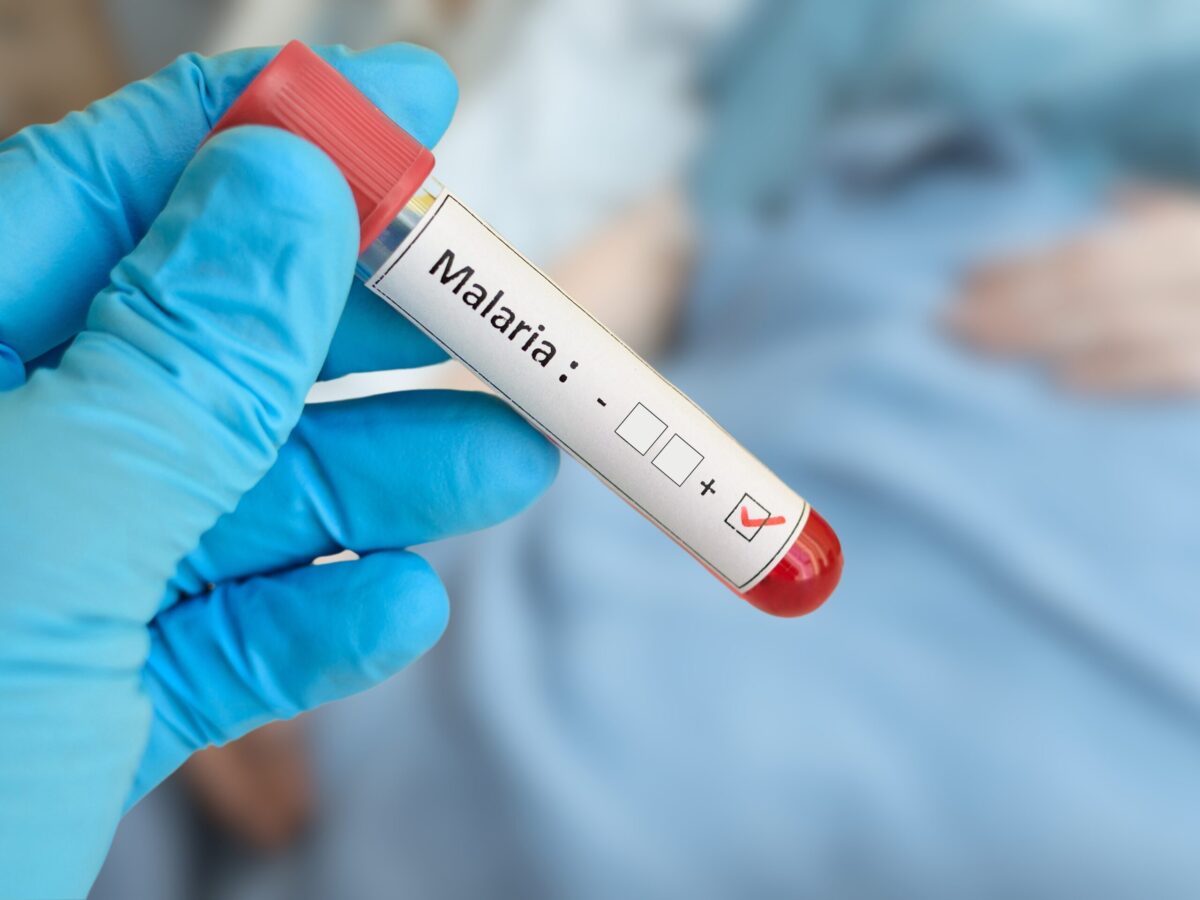In a new study, Amazon’s Halo app has been shown to predict body fat percentage with the same level of accuracy as standard lab testing.
The app uses just four photos taken from a smartphone — of the front, back and each side of the body — to build a 3D model and produce body fat percentage results using the app’s built-in machine learning algorithms.
The study found that the AI-powered visual tool generated body fat measurements comparable to the gold standard technique of dual X-ray absorptiometry (DXA), which can be quite expensive with a wait time of up to a week or two for results. On the other hand, the Halo app is inexpensive and provides body fat estimation within seconds.
The app is part of Halo’s Body feature membership service that allows users to easily and accurately measure body composition from the comfort and privacy of whatever space they’re in. It generates body fat percentage, a personalized 3D body model and an interactive slider tool to see how a user’s body shape could change as their body fat percentage changes.
Body fat percentage is being increasingly recognized as a more accurate measure of body fat than body mass index (BMI), which takes into account both fat and muscle composition and provides a more general measurement of disease risk.
The Halo platform was launched by Amazon in August of last year with the aim of improving health and wellness. It includes a wristband and the Body smartphone app.
In addition to body composition measurements, Halo also includes sleep and fitness trackers, as well as tone of voice analysis to analyze emotional well-being from a user’s speech patterns.
To evaluate body fat percentage, Halo Body utilizes a deep neural network to analyze the shape of a user’s body and looks for “hot spots” of body fat, which include the torso, thighs and mid-back. The AI algorithm uses this information to generate a body fat estimation within seconds.
While health apps have been flooding the health tech market as of late, the key is for the apps to be able to achieve a high level of accuracy in measurements, analysis and final results that can compare to standard testing equivalents.
Validation of Halo’s Body Fat Percentage Estimation
Amazon’s Halo Body app was evaluated in a study conducted by researchers from Massachusetts General Hospital and Louisiana State University’s Pennington Biomedical Research Center, which has been published on the medRχiv preprint server. The study found that the app’s estimations closely matched those of DXA and were also the closest match to DXA’s measurements of all the other techniques examined.
The validation study involved 134 healthy adults ranging between the ages of 21 and 76 years who were evaluated at two clinical sites. Each participant had their body fat percentage measured with the Body visual app, three consumer and two professional bioimpedance analysis (BIA) systems as well as air displacement plethysmography (ADP). Body fat percentage measured by DXA was used as the reference against which all methods were compared.
The Body visual body composition method was found to be twice as accurate as the professional and consumer at-home smart scales and ADP at estimating body fat. Relative to DXA, it also had the lowest mean absolute error compared to all of the other evaluated methods and had a “very good concordance with DXA whereas BMI had very poor concordance,” according to the study’s findings. The other methods were also found to have significant bias and wider limits of agreement.
The researchers say that with the wide availability of smartphones, the easy-to-use and highly accessible app provides the opportunity for quantifying adiposity levels in a wide range of settings.
While the study demonstrates the accuracy of the Halo app with its ability to offer users a promising way to measure health indicators beyond basic BMI measurements, some say the study results should be taken with a grain of salt as the study was funded by Amazon. However, the company says it was not involved in data collection.
In addition, Halo Body does not provide estimates of the different types of body fat such as subcutaneous fat versus more problematic visceral fat.
In a blog post about the study’s results, the Halo team explains that Body is about arming users with “accurate, clinically relevant information about your body composition that can help you (and your care provider if you choose to share with them) decide how to proceed on your unique health journey. We know that sometimes new information like this can be challenging to take in, but you can rest assured that it is accurate.”












Join or login to leave a comment
JOIN LOGIN